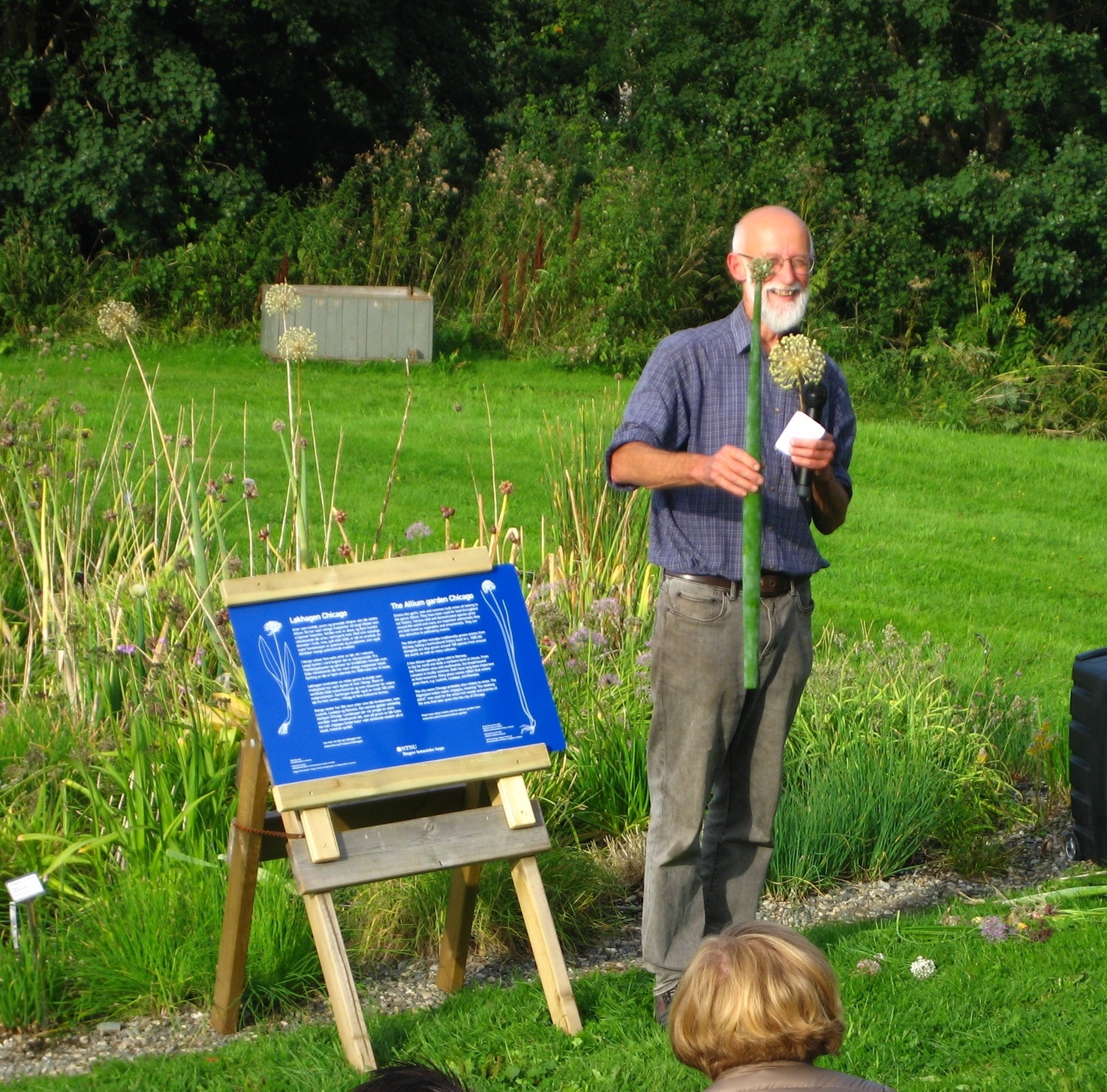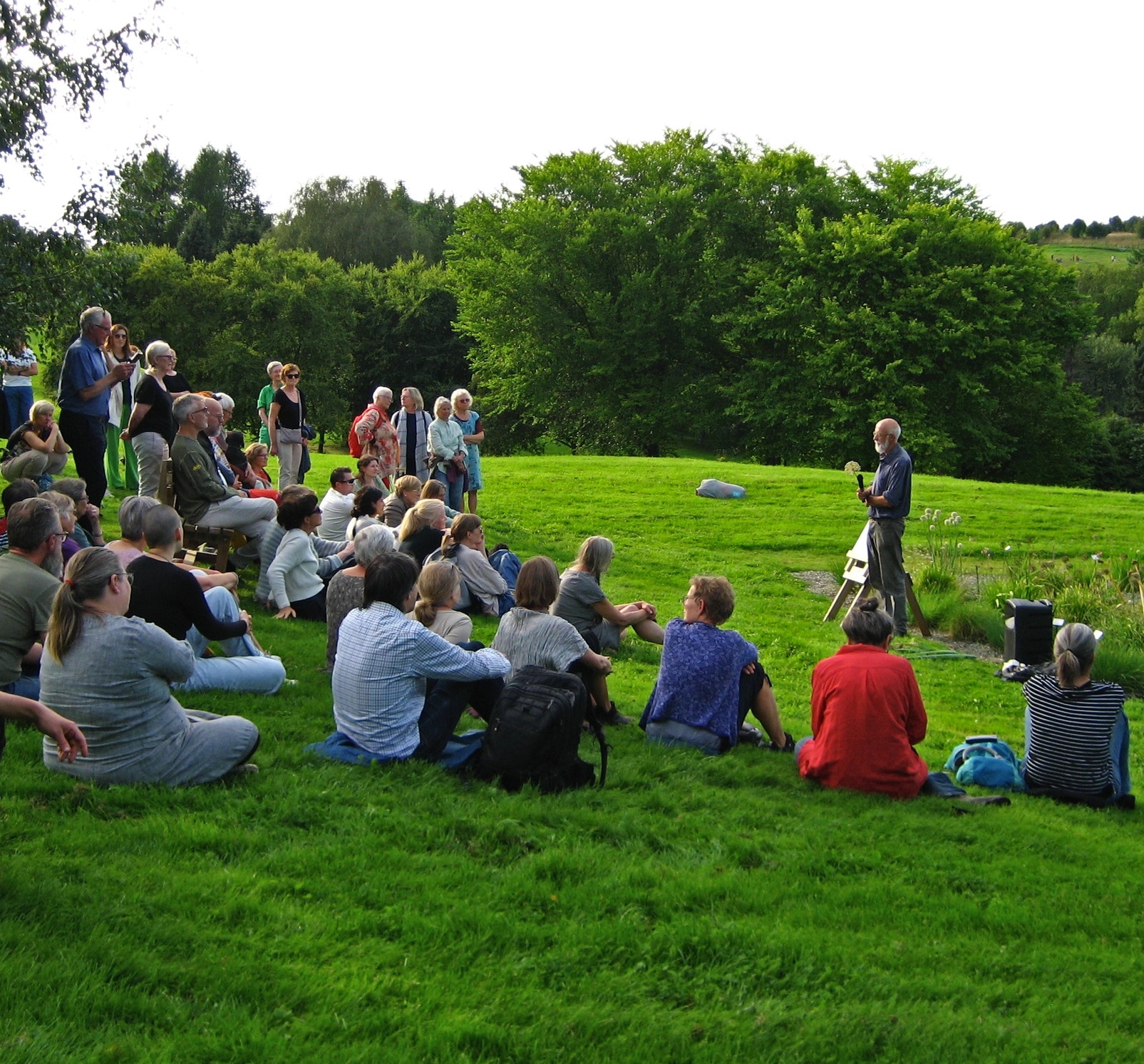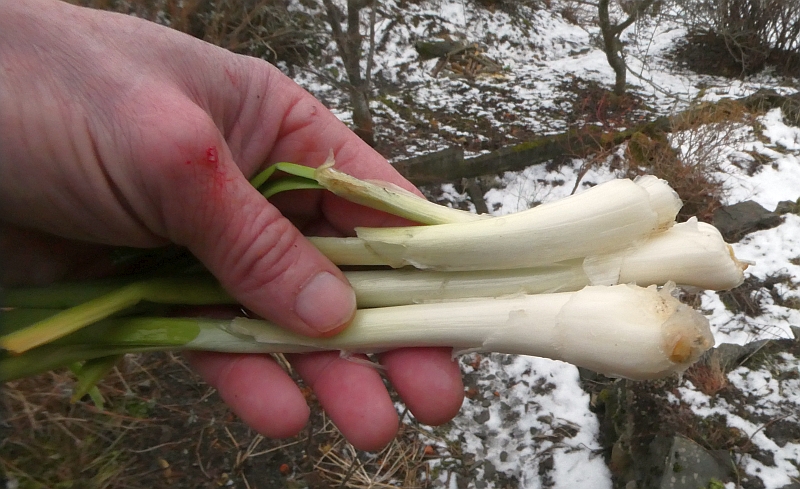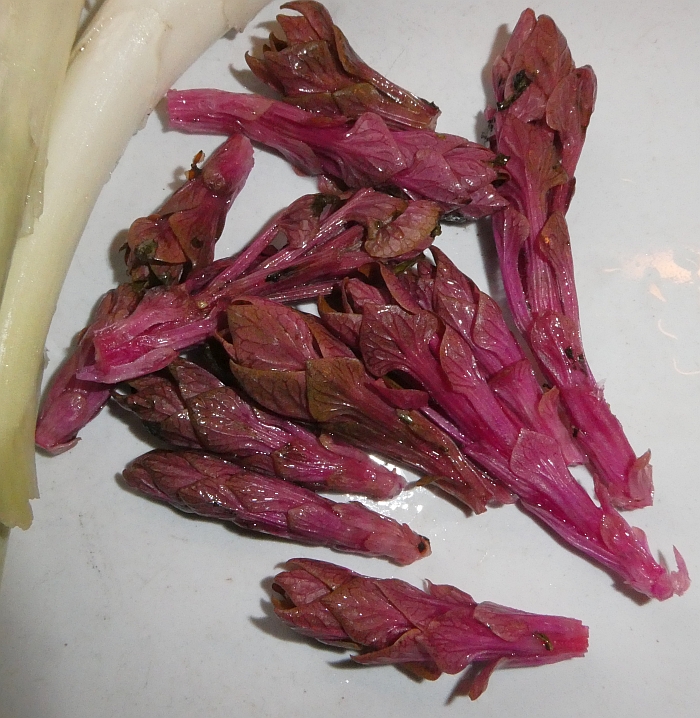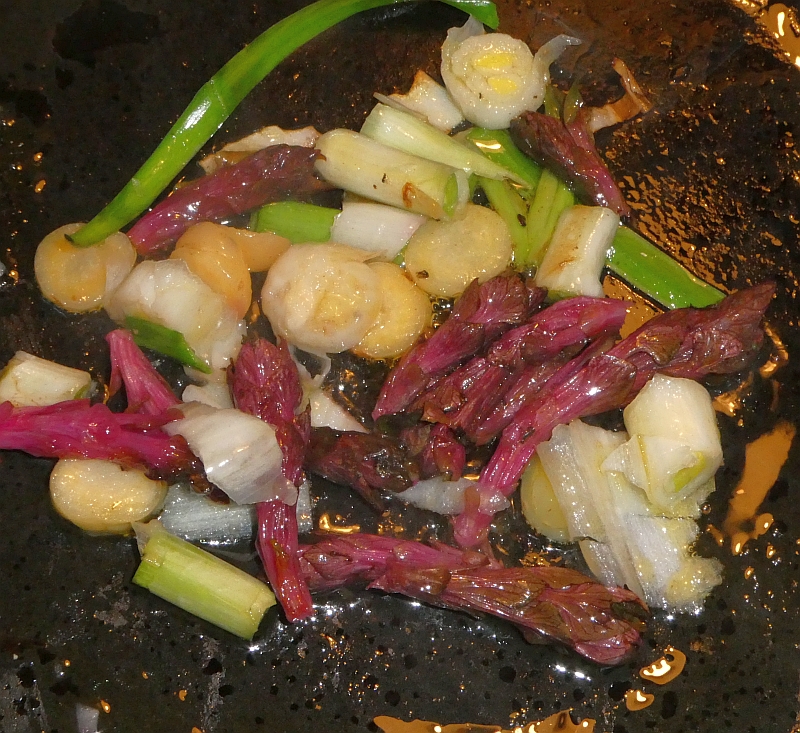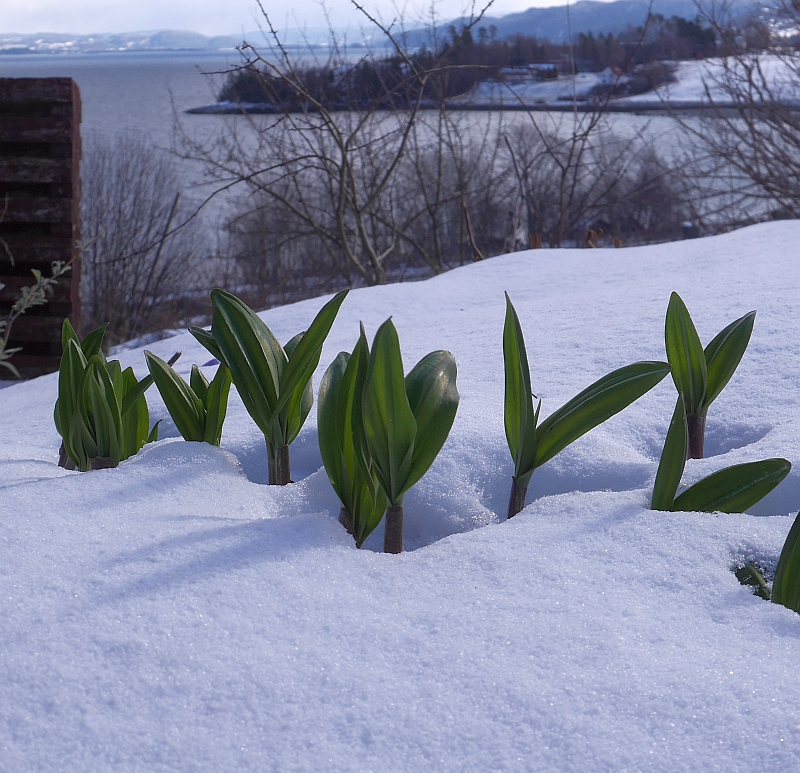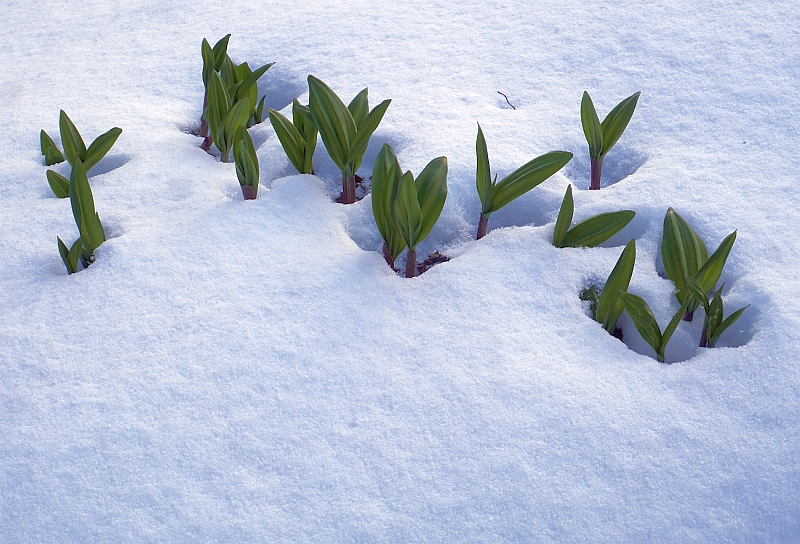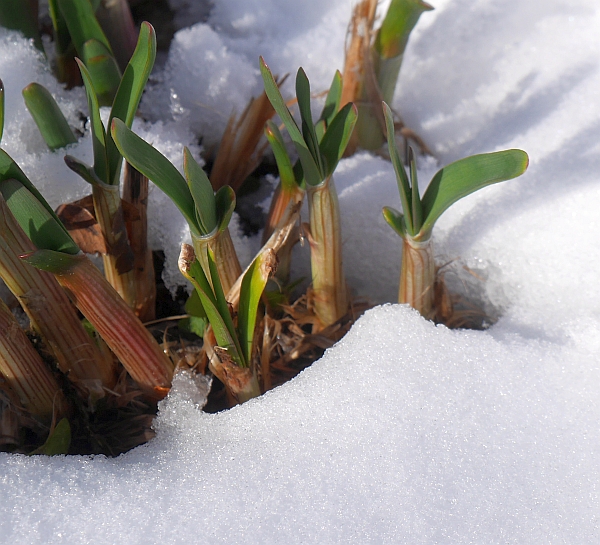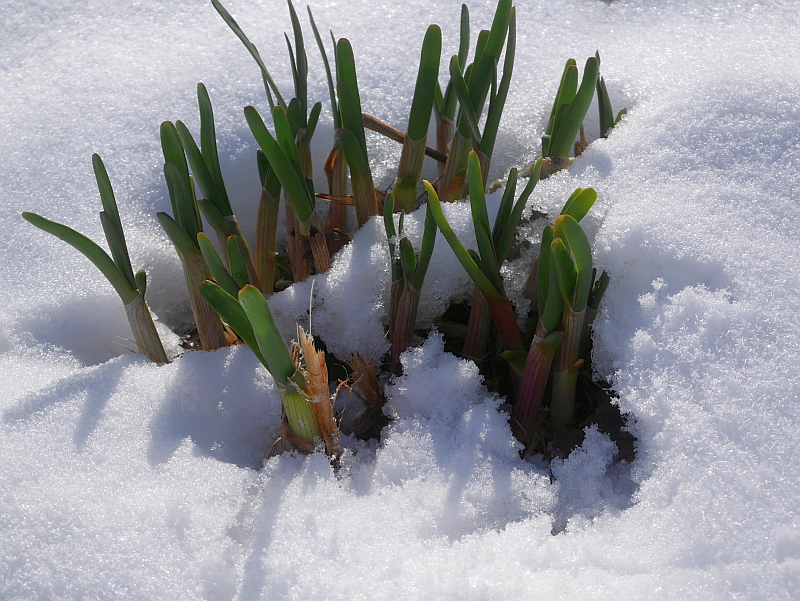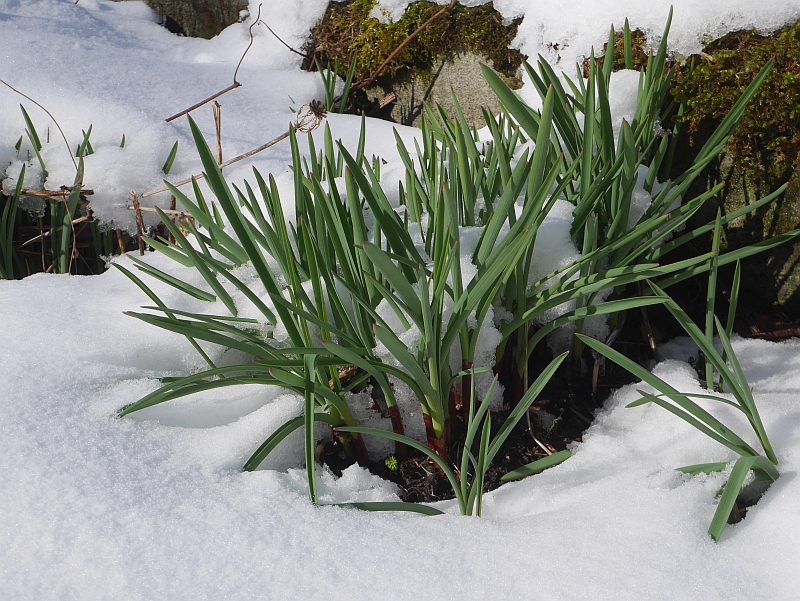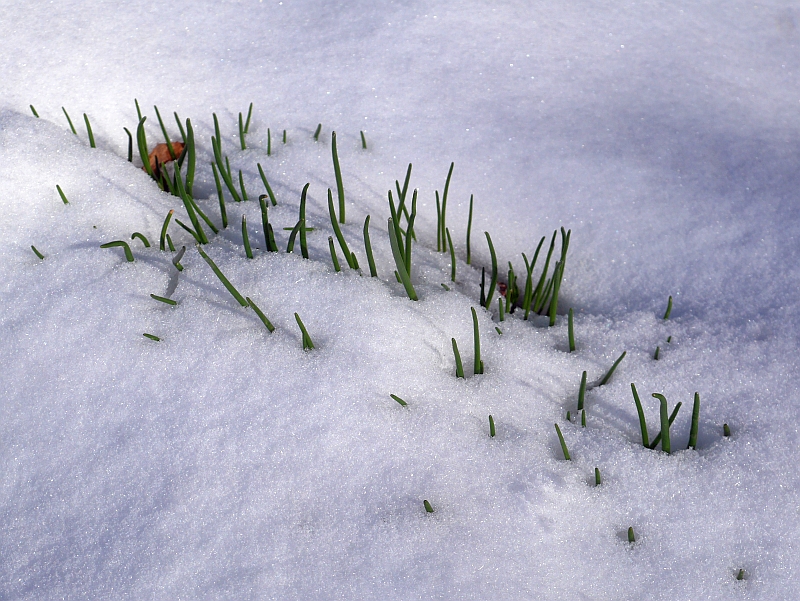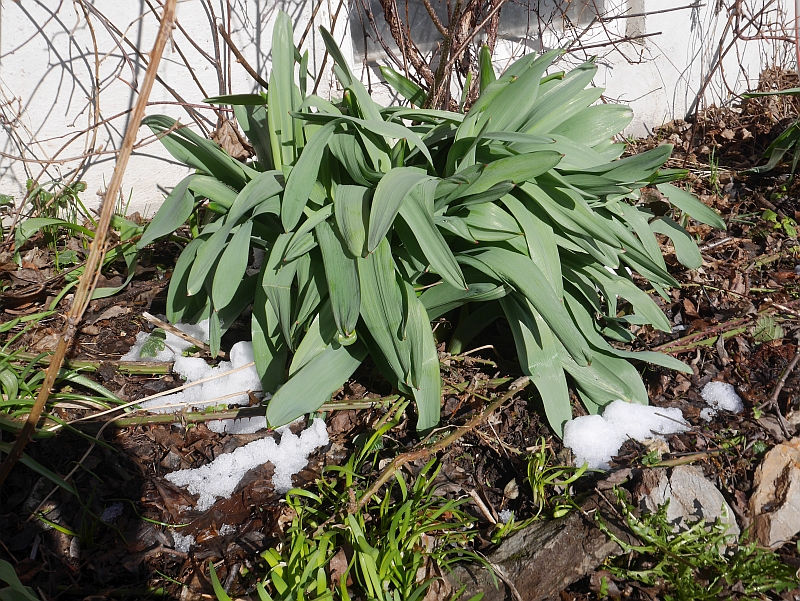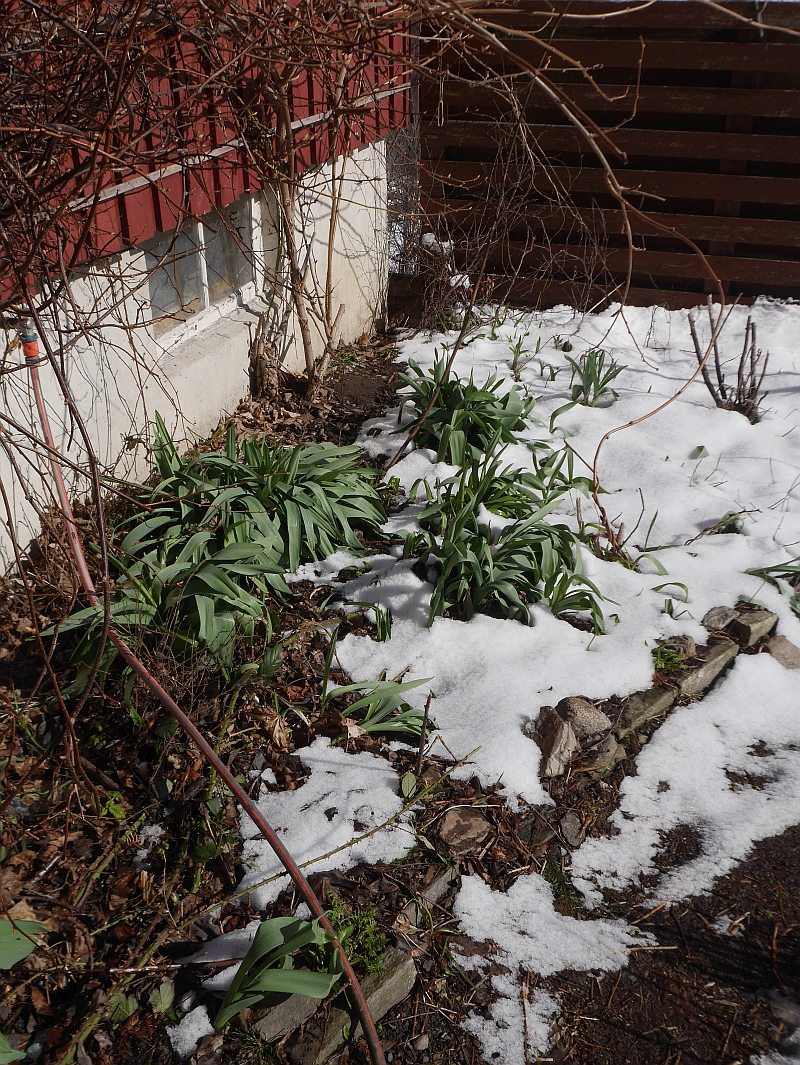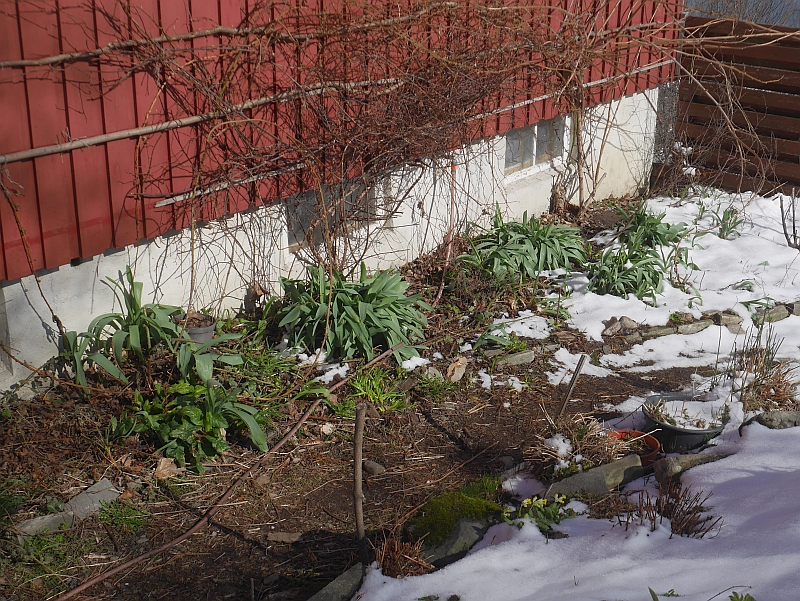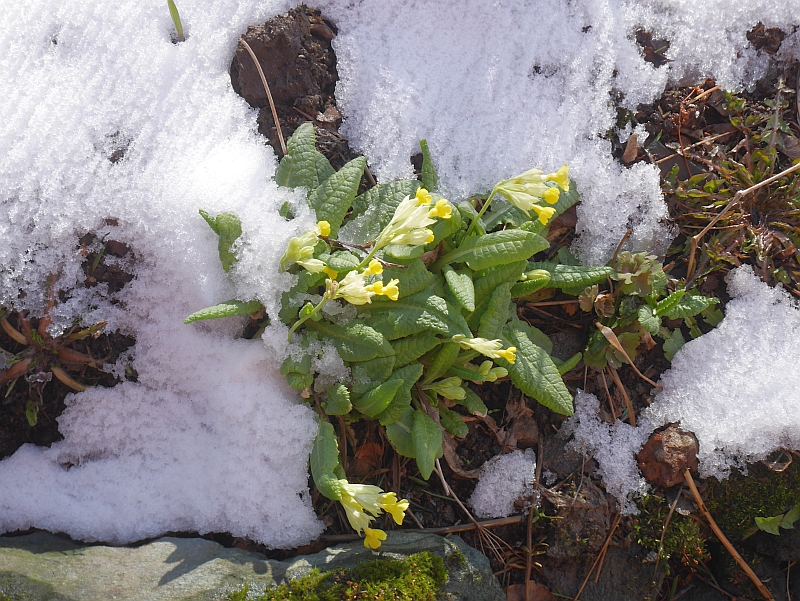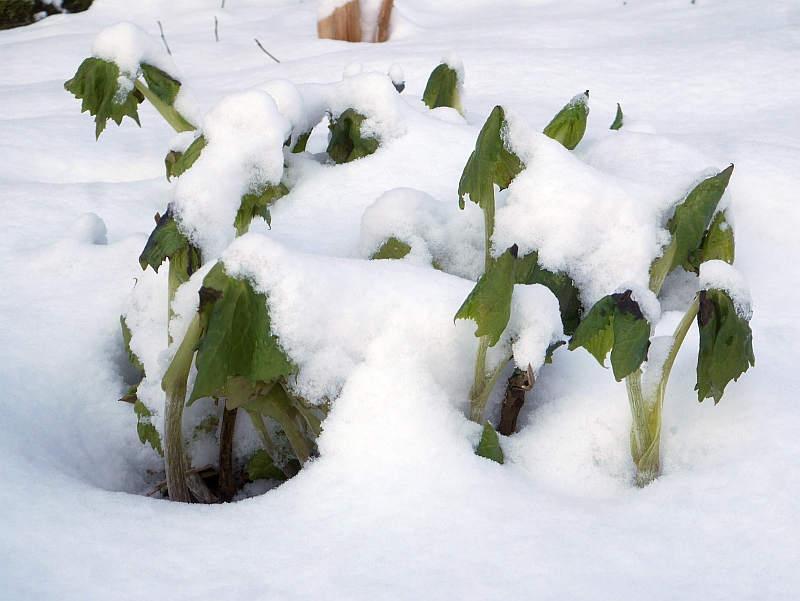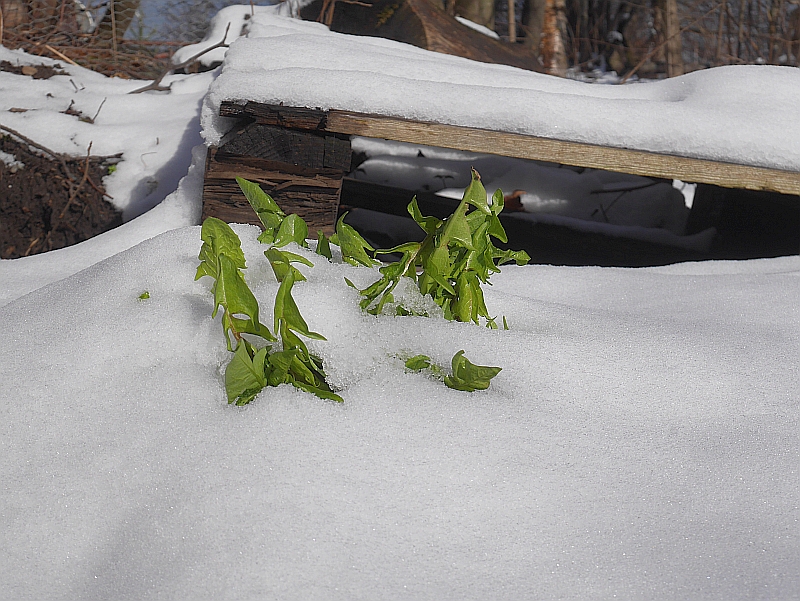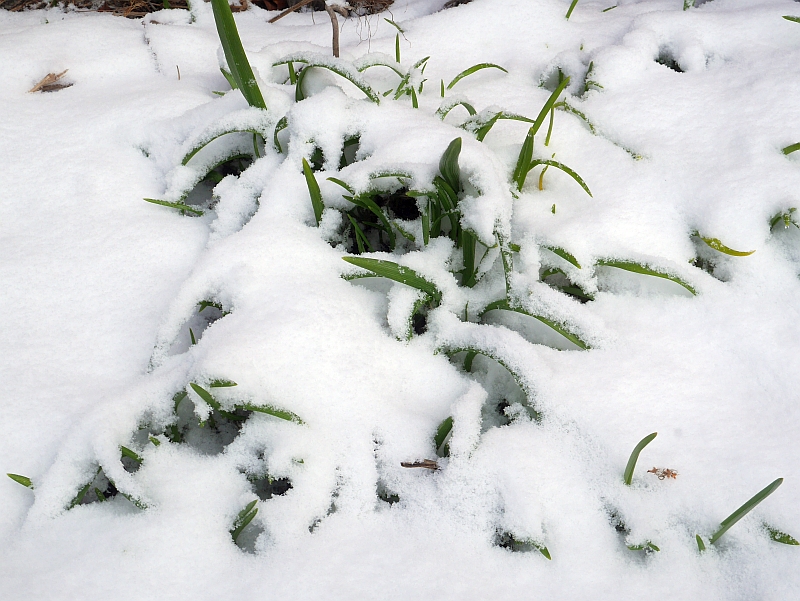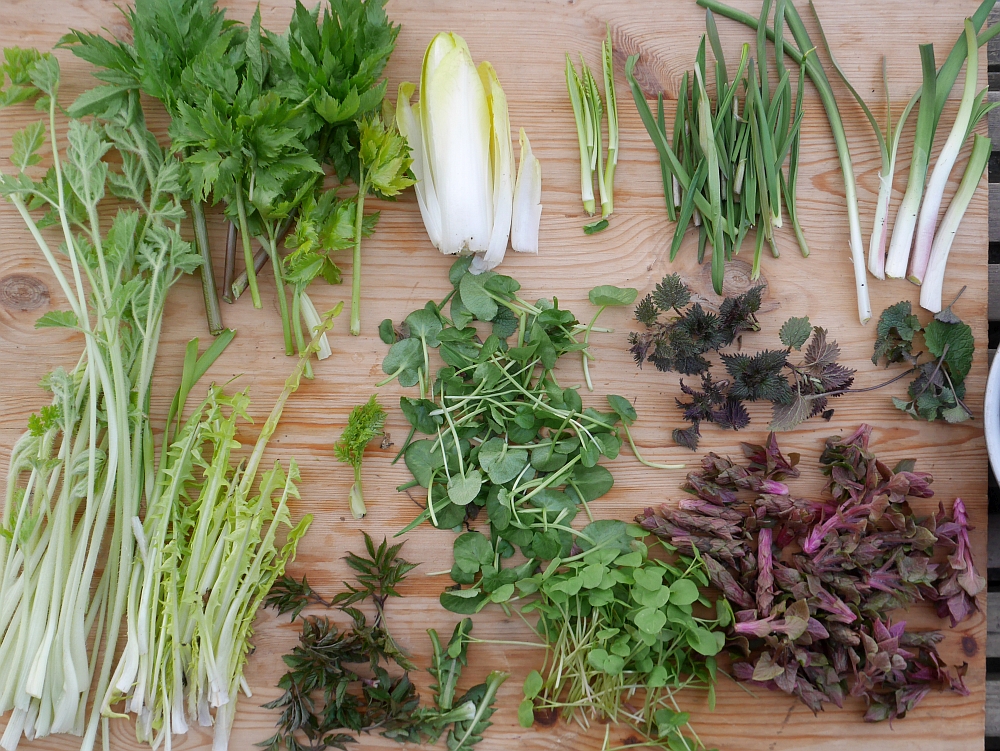Lunch today was inspired by the Mediterranean diet – simple with masses of greens, but with an international twist: Cherokee spinach (top shoots of sochan – Rudbeckia laciniata / kyss-meg-over-gjerde), nettles (nesle), shallots (sjalott) harvested and stored since October, greater musk mallow (rosekattost) (Malva alcea), day lilies (dagliljer) flower buds, sand leek (bendelløk) (Allium scorodoprasum) and nodding onion / prærieløk (Allium cernuum) flowers. Added wild oregano (Origanum vulgare), dried orange milkcap / Granmatrisken (Lactarius deterrimus) and home grown chili salt a la “Are Sende Osen” (a gift during his visit this week), served with Allium moly flowers (from the mountains of Spain).

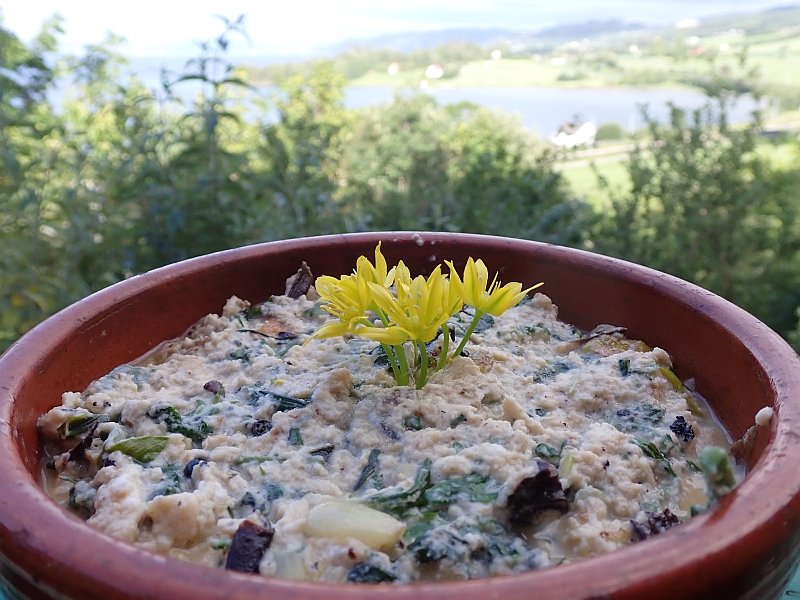



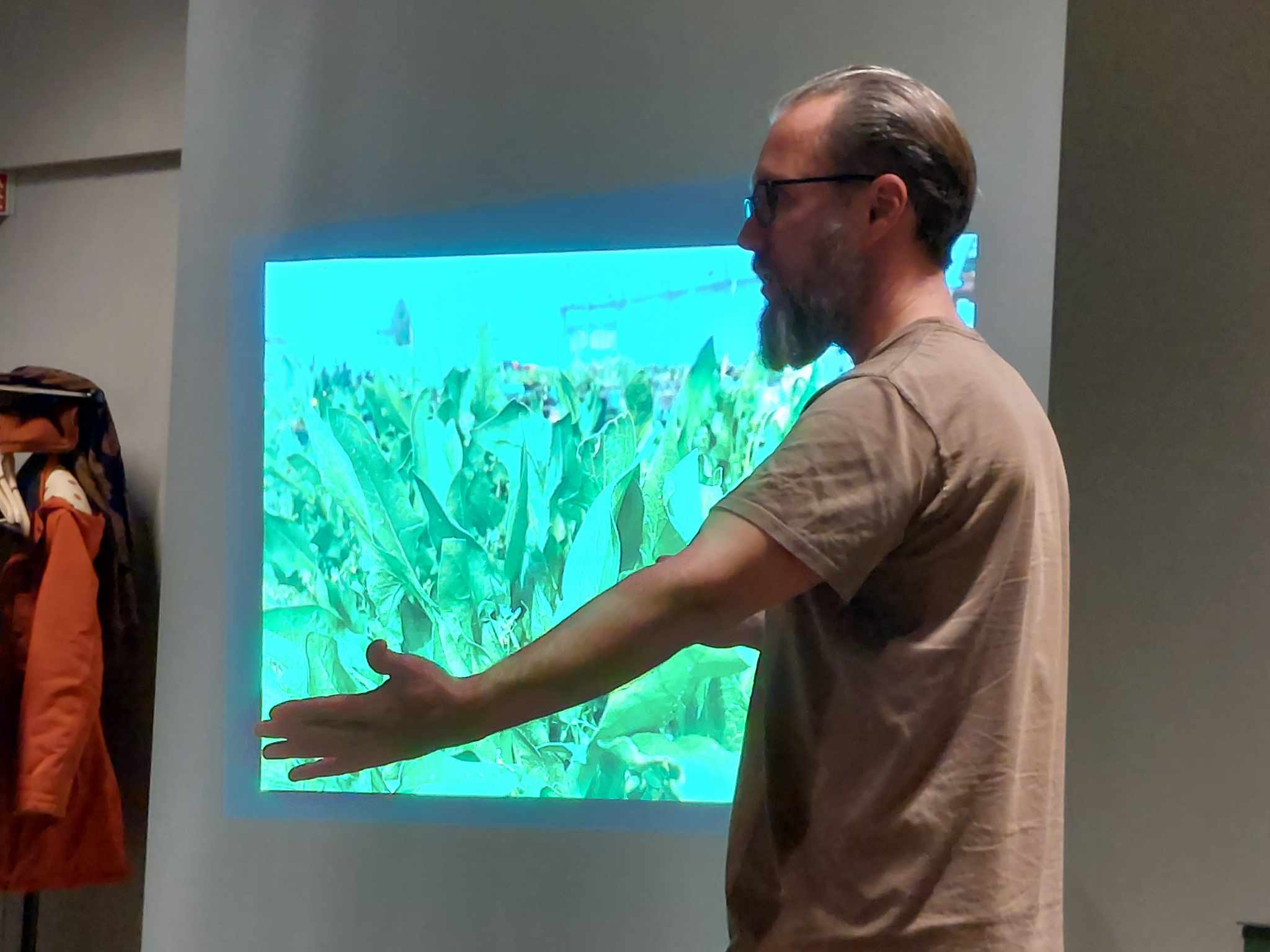
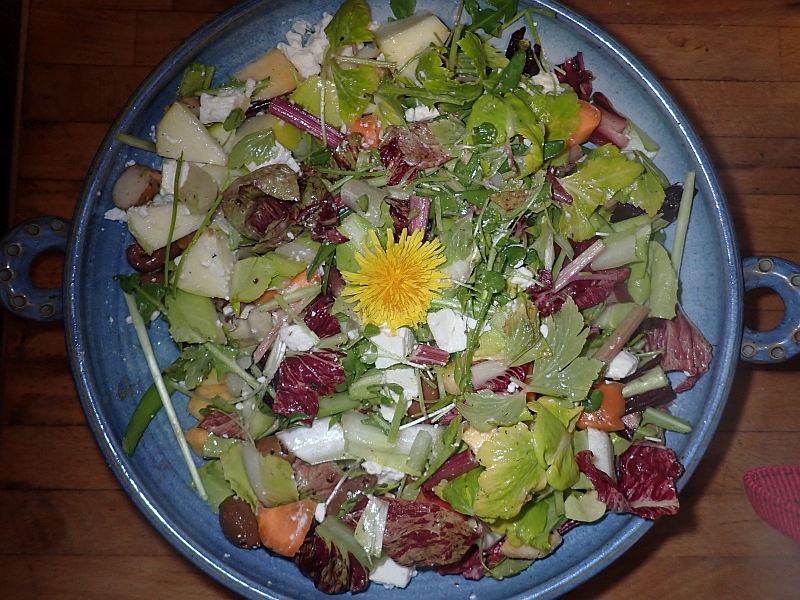
 Salad ingredients: Celery, three chicory varieties, dandelion (including one flower), carrot, Japanese yams, Allium cernuum and Hablitzia (from the garden), Hristo’s onion (Allium flavescens x nutans?), oca (2 varieties), apple (Aroma), horseradish shoots, garlic, chives, wild buckwheat shoots and turnip “Målselvnepe”
Salad ingredients: Celery, three chicory varieties, dandelion (including one flower), carrot, Japanese yams, Allium cernuum and Hablitzia (from the garden), Hristo’s onion (Allium flavescens x nutans?), oca (2 varieties), apple (Aroma), horseradish shoots, garlic, chives, wild buckwheat shoots and turnip “Målselvnepe”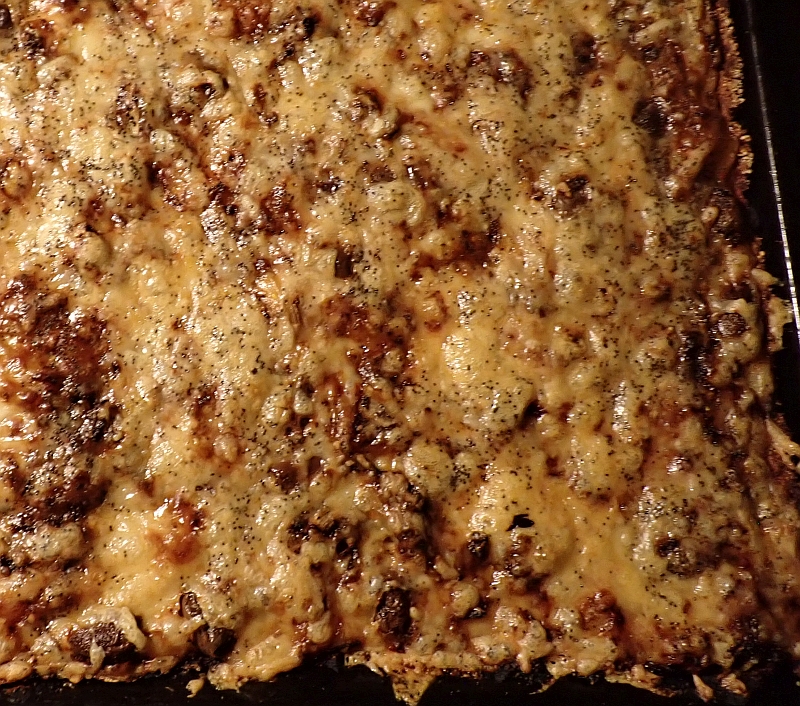
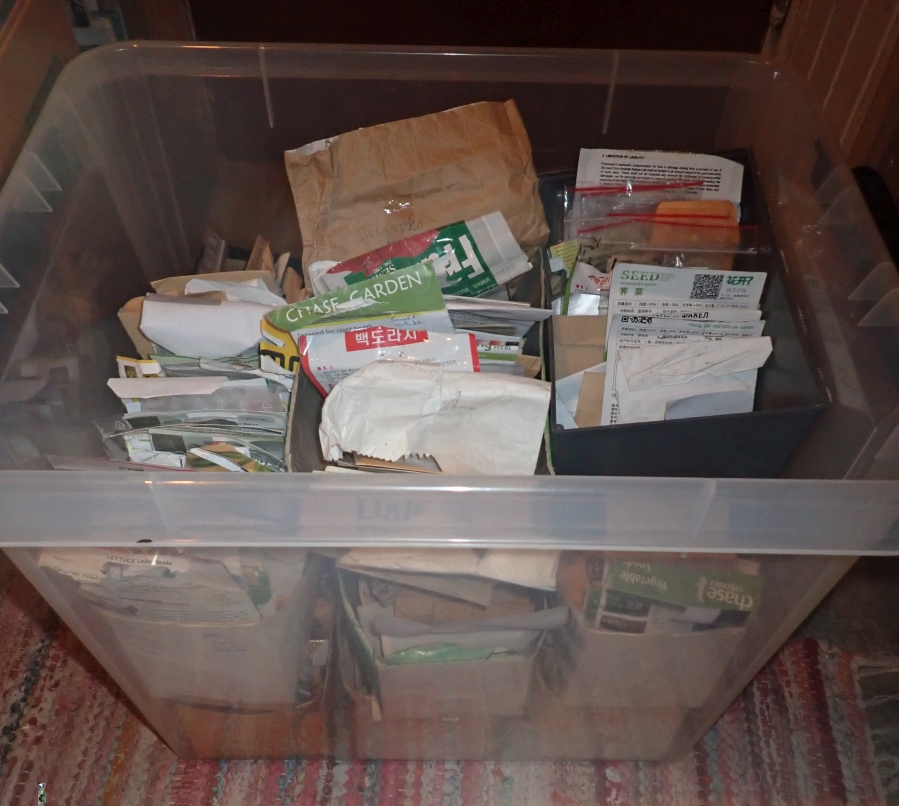





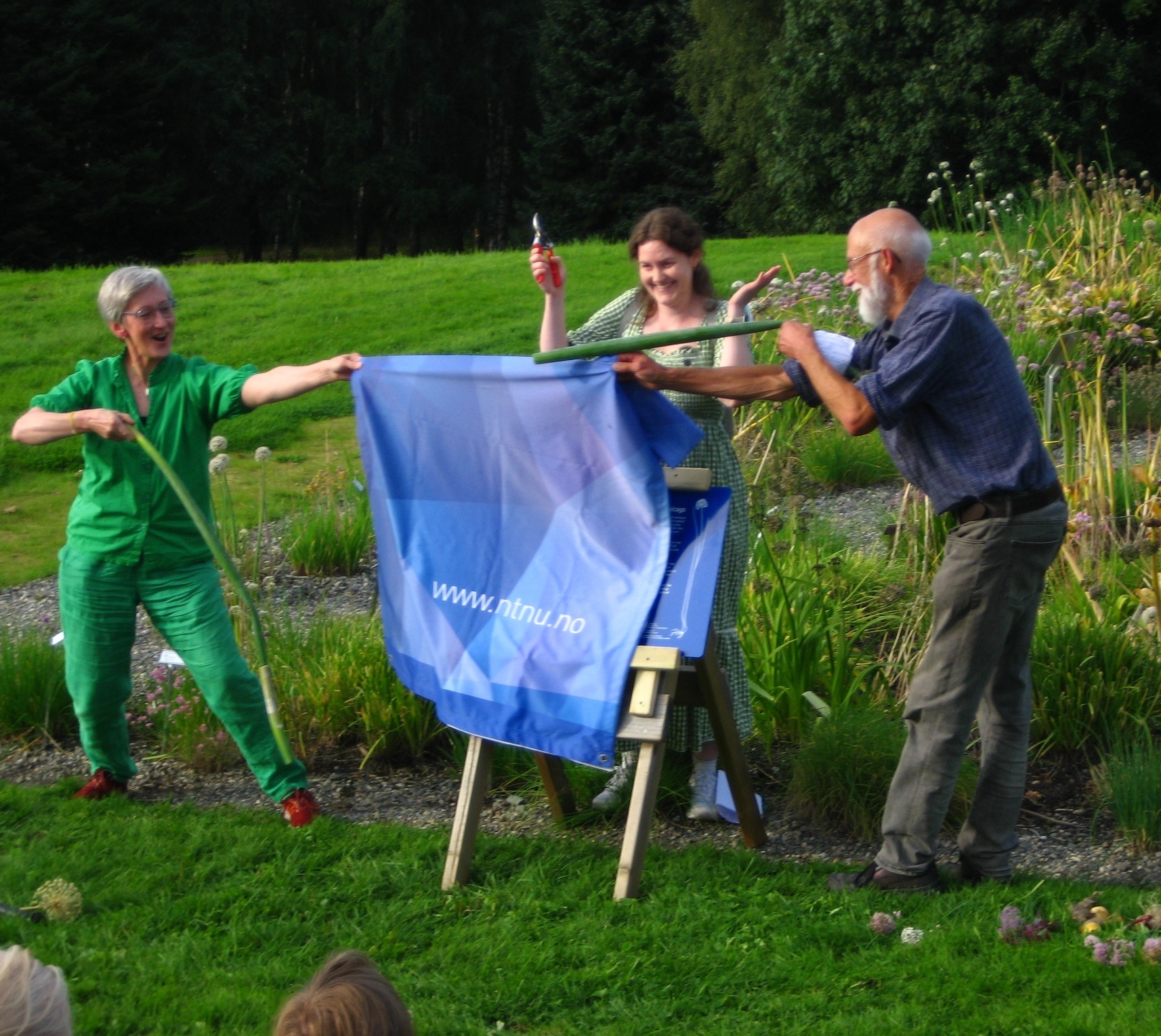 The long delayed (by COVID) opening of the Onion Garden Chicago took place at the Ringve Botanical Gardens in Trondheim on Friday. Here we grow over 400 different Alliums including over 100 botanical species and some 60 old (with a history from 60-980 years; yes the oldest history goes back to 1040!) Norwegian onions.
The long delayed (by COVID) opening of the Onion Garden Chicago took place at the Ringve Botanical Gardens in Trondheim on Friday. Here we grow over 400 different Alliums including over 100 botanical species and some 60 old (with a history from 60-980 years; yes the oldest history goes back to 1040!) Norwegian onions. 